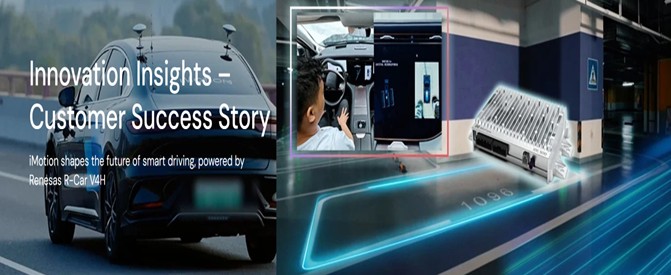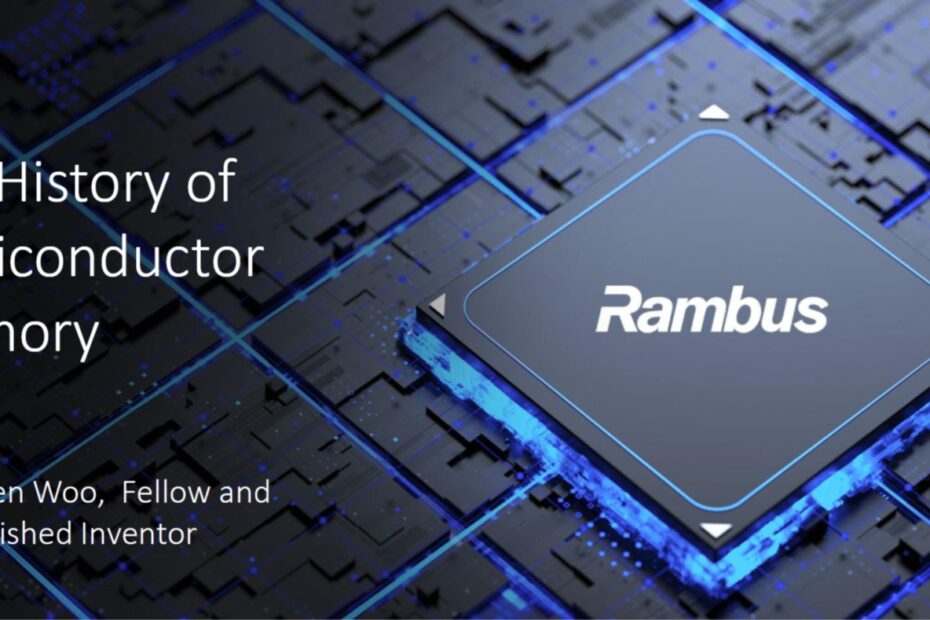By Bolaji Ojo
What’s at stake: Memory semiconductors and suppliers have taken a lead role on the list of critical components making waves in the artificial intelligence GPU and CPU market. That’s a refreshingly new position for a sector that has typically played a secondary role in electronic system design. With demand surging for memory chips, industry observers say suppliers and IP vendors must raise their game to satisfy requirements for accelerated innovation, higher performance, and supplies.
The memory semiconductor industry stands at a crossroads where innovation and market pressures are redefining the digital infrastructure. But according to Steven Woo, Fellow, and Distinguished Inventor at Rambus, “memory is not just an accessory. It is the heartbeat of computing,” with its relevance surging as artificial intelligence, cloud workloads, and high-bandwidth architectures push technical boundaries.
In a recent conversation with Bolaji Ojo, Editor-in-Chief of TechSplicit, Woo lays out a vision: “AI systems are starved for memory performance … bandwidth and capacity have become the gating factors. What excites me is how much memory is now driving the direction of system design itself.”
Woo’s approach roots the evolution of semiconductor memory in enduring principles. The classic one-transistor, one-capacitor DRAM cell conceptualized by Robert Dennard in 1967 is still the backbone, more than 50 years later. “It’s amazing how the basics have remained consistent, even as the market has transformed several times around it,” Woo notes. This endurance comes as technology enables ever greater density, more complex architectures, and interfaces.
Read More »Memory Is the Heartbeat of Modern Computing, Says Rambus’ Steven Woo 









